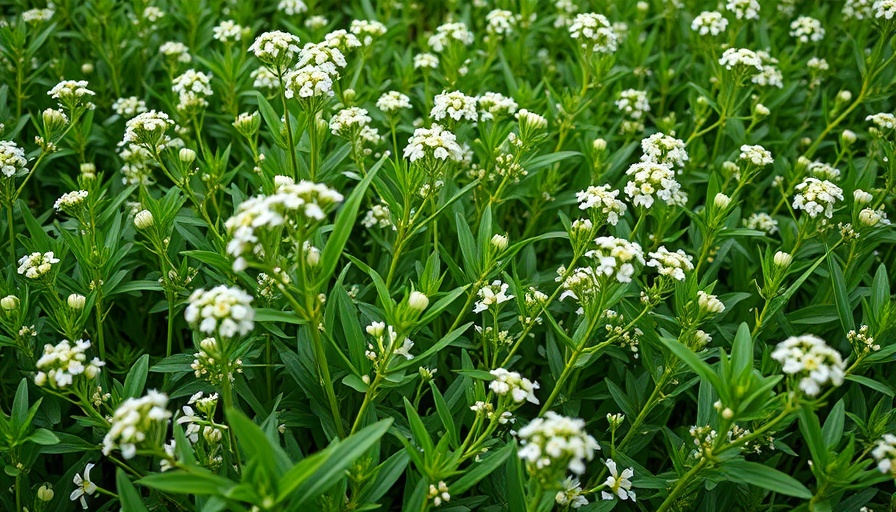
Unlocking the Secrets of Anise: A Delightful Herb Journey
For lovers of unique flavors, anise (Pimpinella anisum) is not just a culinary delight; it’s an essential herb that adds a sweet, licorice-like taste to a variety of dishes. As gardening enthusiasts and health-conscious individuals alike look to cultivate their own herbs, learning the ins and outs of harvesting anise seeds becomes vital. Not only does it connect us to our food sources, but it also enhances our culinary experiences. In this article, we explore when and how to harvest anise seeds effectively, ensuring you enjoy the full spectrum of flavors.
Understanding When to Harvest Anise Seeds
The timing of the harvest is crucial to unlocking the rich flavors of anise. Typically, anise plants require about 100 frost-free days to blossom and develop ripe seeds. The ideal harvesting period falls between late summer and early fall, about two to four weeks post-bloom, when your flowers have transformed from their vibrant green to a beautiful brown, gray, or tan. Waiting for this color change ensures that the seeds have reached their peak flavor and aroma. However, if frost threatens, it’s perfectly acceptable to harvest the green umbels; they can ripen and dry indoors.
Harvesting Techniques: The Right Tools for the Job
Gathering your anise seeds doesn't require advanced machinery; instead, a few simple tools are all you need. Clean, sharp snips are perfect for cutting the flower stems. It’s recommended to leave six to ten inches of the stem attached, as this allows for easier handling. Hang the flower stalks upside down in a warm, dry area to encourage the seeds to dry fully. Using a paper bag can help capture any seeds that fall, minimizing waste and ensuring none of that delightful flavor is lost in the process.
Winnowing and Storing Anise Seeds: Preserve the Flavor
Once your seeds are harvested, it's time to winnow them. This involves separating the seeds from the chaff, the unwanted parts of the plant. A large sieve or winnowing tray can help you with this process, allowing the seeds to fall while keeping the lighter chaff behind. This step ensures that you’re left with pure, flavorful seeds ready for culinary adventures.
Alternative Uses: A Holistic Approach to Anise
Don’t forget about the other parts of the anise plant! The leaves can be harvested before the plant flowers, offering a fresh, aromatic addition to salads and dressings. For the best flavor, harvest in the morning when they’re full of volatile oils. Meanwhile, the flowers can be harvested for a refreshing tea, showcasing the versatility of this remarkable herb.
The Bigger Picture: Growing Anise in Your Garden
Incorporating anise into your garden not only enhances your dishes but also contributes to your overall well-being. By growing your own herbs, you connect with nature, promote sustainable living, and ensure you’re using organic practices. Additionally, anise can attract beneficial pollinators to your garden, enhancing its diversity and resilience against pests. Such practices just reaffirm the connection between gardening and health.
Get Started: Your Gardening Adventure Awaits
Armed with this knowledge, you can now embark on your journey into the world of anise. Whether you are cultivating your garden for culinary purposes or simply seeking a fresh hobby, harvesting anise seeds can be a gratifying part of your gardening experience.
Why not start small? Consider planting anise in your backyard garden or even a container for a smaller space. With a little TLC, you’ll find yourself enjoying the fruits (and seeds!) of your labor, all while indulging in the fragrant, healthy offerings of your garden.
 Add Row
Add Row  Add
Add 




Write A Comment